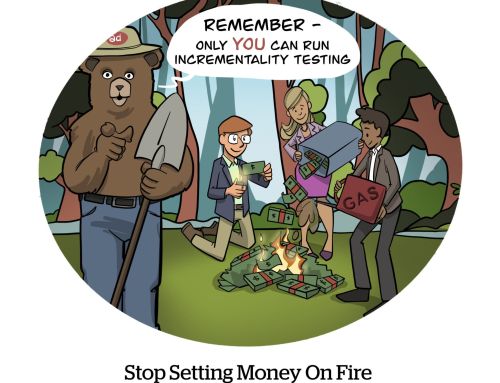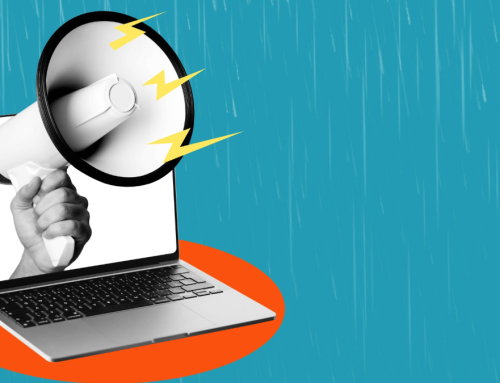“The first thing is that very few people know about the carbon impact of the internet!” So says Nicolas Paries, founder of Hey Low, a design studio building low-carbon brands and websites.
This is the constant, recurrent theme of digital. Its invisibility. Its seeming immaterialism. The fact that it’s “in the cloud.” Except that the cloud is on the ground. The internet is by far the biggest machine ever built. If the internet was a country, it would be the seventh-largest polluter. We produce enough e-waste every year to build a Great Wall of China.
Making the massive and exponentially growing waste visible is one of the most important design challenges of our age. Making people care about e-waste and data waste is an essential design challenge. Designing ways to help reduce digital waste is profoundly important.
That’s what Paries and his team are doing. “We have to go with a lot of education at the beginning of projects,” Paries explained. “That’s why we developed a ‘strategy’ around that to sell the idea and give more incentives. We’ve incorporated speed in the equation. Which for websites equals better conversion. That parameter and the opportunity for clients to speak about that issue to their audience are good selling points.”
Poor image optimization, Paries finds, is the most common mistake. “So many times, images are not compressed or optimized, like not displayed in the right size. Or there is no use of modern Web format, like WebP. And also people love to put up a lot of images.
“We’ve built an eCommerce website for Moeon, a Berlin sustainable fashion shop (moeon.de/). We used a collection page (a page where you can see a range of different products) as a baseline of comparison. We went from 10 MB down to 1 MB. We managed to do that by using simple images with clear background, which improved the compression. That allowed us to display a lot of products while keeping the page weight low.
“We are building a low-carbon websites directory right now. Browsing the web looking for well-designed lightweight websites is a bit depressing. The amount of waste all over the web because of bad use of images and bad or no optimizations is outrageous. Some websites even have a very minimalist design but are still very heavy, like this one I found yesterday: https://www.sane.global/ (almost 10 MB for nothing …).”
Over 15 years, average website weight has grown from about 400 KB to 4 MB. In fact, most websites I come across are 6, 8, 10 or 15 MB plus per page. There’s no need for this weight. It’s just laziness, poor, arrogant web design. It’s a climate crisis and web designers are pouring petrol on the fire. Marketers are flooding the web with junk. So many organizations are publishing vast quantities of low-quality content, and then leaving it there to rot and cause pollution. Ninety percent of data has no use. Adtech is like the oil industry of the internet. Surveillance capitalism is not simply bad for people. It’s bad for the planet because it is tremendously energy-intensive and hugely wasteful.
We need a new culture. A new system. The cult of extraction, creation, production, publishing is killing us and everything around us. We must become maintainers, optimizers, nurturers, reviewers, editors, removers, deleters.











